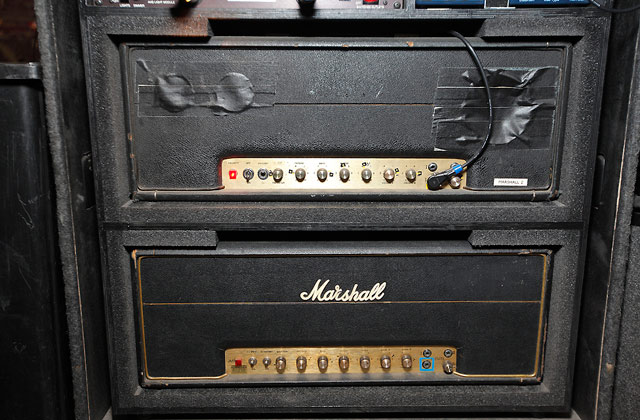B:ASSMASTER
Experienced
So, Mick Mars' main recording amp used on Dr. Feelgood was a Marshall Super Lead (1959 model) made in '73. It was modded by Jose Arredondo, but this one was different from other Jose modded Marshalls. Who knows what kind of mod it was.
Anyone get close to Mick's sound on that album?
I love the tone on that record and since we have the 59 SLP in the Axe, with some tweaking it should be attainable.
Thing is, I'm not a deep editor like some of you guys on this forum. So, does anybody have any ideas?
Anyone get close to Mick's sound on that album?
I love the tone on that record and since we have the 59 SLP in the Axe, with some tweaking it should be attainable.
Thing is, I'm not a deep editor like some of you guys on this forum. So, does anybody have any ideas?


